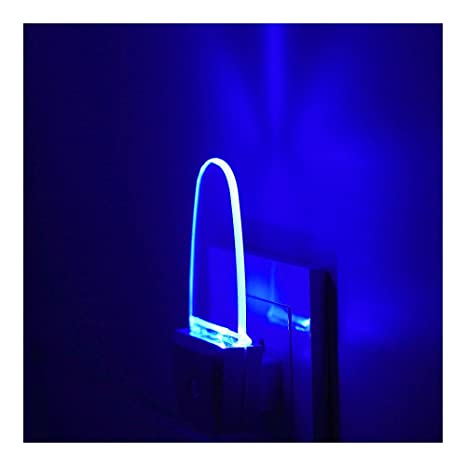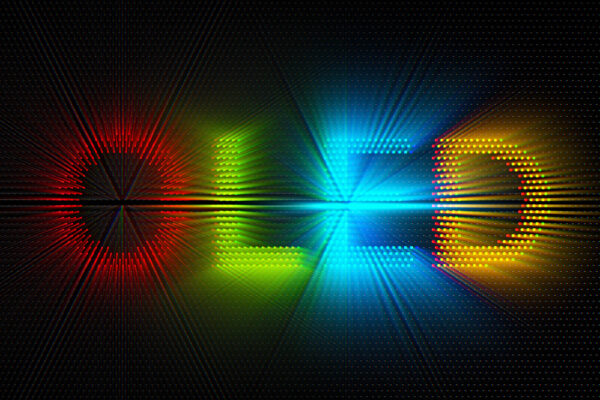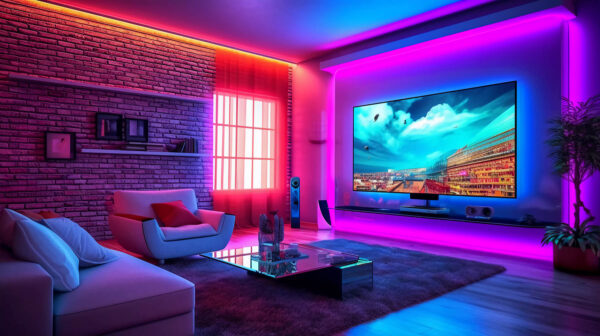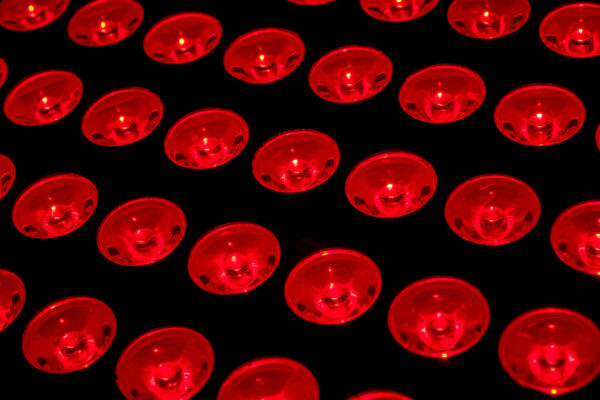The Integration of LED Lighting in Home Automation
The integration of LED lighting in home automation systems marks a significant leap in smart home technology. LEDs are inherently compatible with digital control, making them ideal for home automation applications. By integrating LED lighting into home automation systems, homeowners can achieve unprecedented control over their lighting environment. This integration allows for remote control of lighting, programmability, and synchronization with other smart home devices. It enhances not only the convenience but also the energy efficiency and security of a home, making LED lighting a cornerstone of modern home automation solutions.
Advancements in LED Color Control and Mood Lighting
One of the remarkable innovations in LED lighting for home automation is the advancement in color control and mood lighting. Modern LED systems offer a spectrum of colors and adjustable color temperatures, enabling homeowners to customize their lighting ambiance to suit various occasions or moods. This flexibility in color control goes beyond aesthetic appeal; it can also impact mood, productivity, and circadian rhythms. With smart control systems, these settings can be adjusted automatically based on the time of day or specific scenarios, providing a dynamic and responsive lighting environment.
Energy Efficiency and Sustainability in LED Home Automation
LED lighting is known for its energy efficiency, and this is further enhanced when integrated with home automation systems. Smart LED lighting systems can adjust brightness based on natural light levels or occupancy, significantly reducing energy consumption. This not only results in lower utility bills but also contributes to a more sustainable living environment. Moreover, the longevity of LEDs means less frequent replacement, further reducing the environmental impact. Homeowners are increasingly looking towards these systems for a greener, more cost-effective approach to home lighting.
The Role of Connectivity in LED Lighting Automation
Connectivity is at the heart of integrating LED lighting into home automation systems. The use of technologies such as Wi-Fi, Bluetooth, and Zigbee allows LED lights to be connected and controlled through various devices, including smartphones, tablets, and voice-controlled assistants. This connectivity enables seamless control of lighting, whether it’s turning lights on or off, dimming, or changing colors, from anywhere in the world. Additionally, connectivity facilitates the integration of LED lighting with other smart home devices, creating a cohesive and intelligent home ecosystem.
Smart LED Lighting and Security Enhancement
Smart LED lighting plays a pivotal role in enhancing home security within automation systems. LEDs can be programmed to simulate occupancy when homeowners are away, deterring potential intruders. Additionally, integration with security systems can trigger lighting based on alarms or motion detection, adding an extra layer of security. This functionality demonstrates how LED lighting for home automation extends beyond convenience and aesthetics, contributing to a safer home environment.
Personalization and User Experience in LED Automation
Personalization is a key aspect of LED lighting in home automation systems. Users can create and save custom lighting scenes that suit their lifestyle and preferences. This could include a “movie night” scene with dimmed, warm lights, or a “wake up” scene with gradually brightening light to simulate sunrise. The ability to personalize lighting enhances the overall user experience, making home environments more comfortable and tailored to individual needs.
The Future of LED Lighting in Home Automation
The future of LED lighting in home automation systems looks bright, with continuous innovations enhancing the way we interact with our home environment. These systems offer not just lighting solutions but a way to create smarter, more efficient, and more personalized living spaces. As technology evolves, we can expect even more advanced features and integration capabilities, solidifying LED lighting as an essential component of the smart home revolution.






